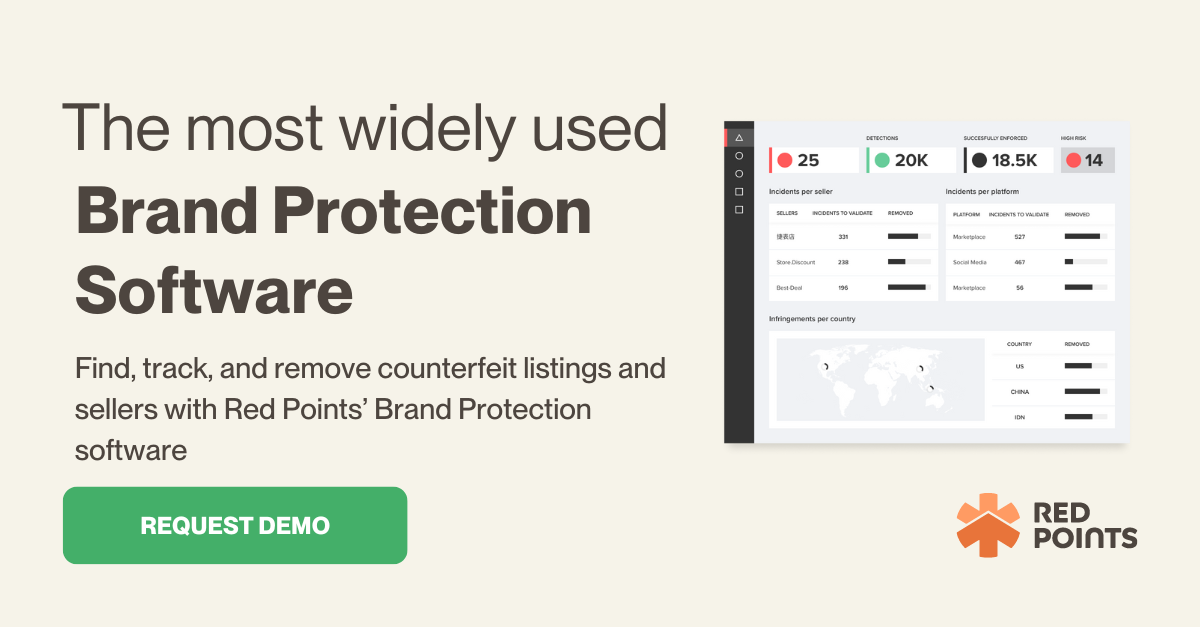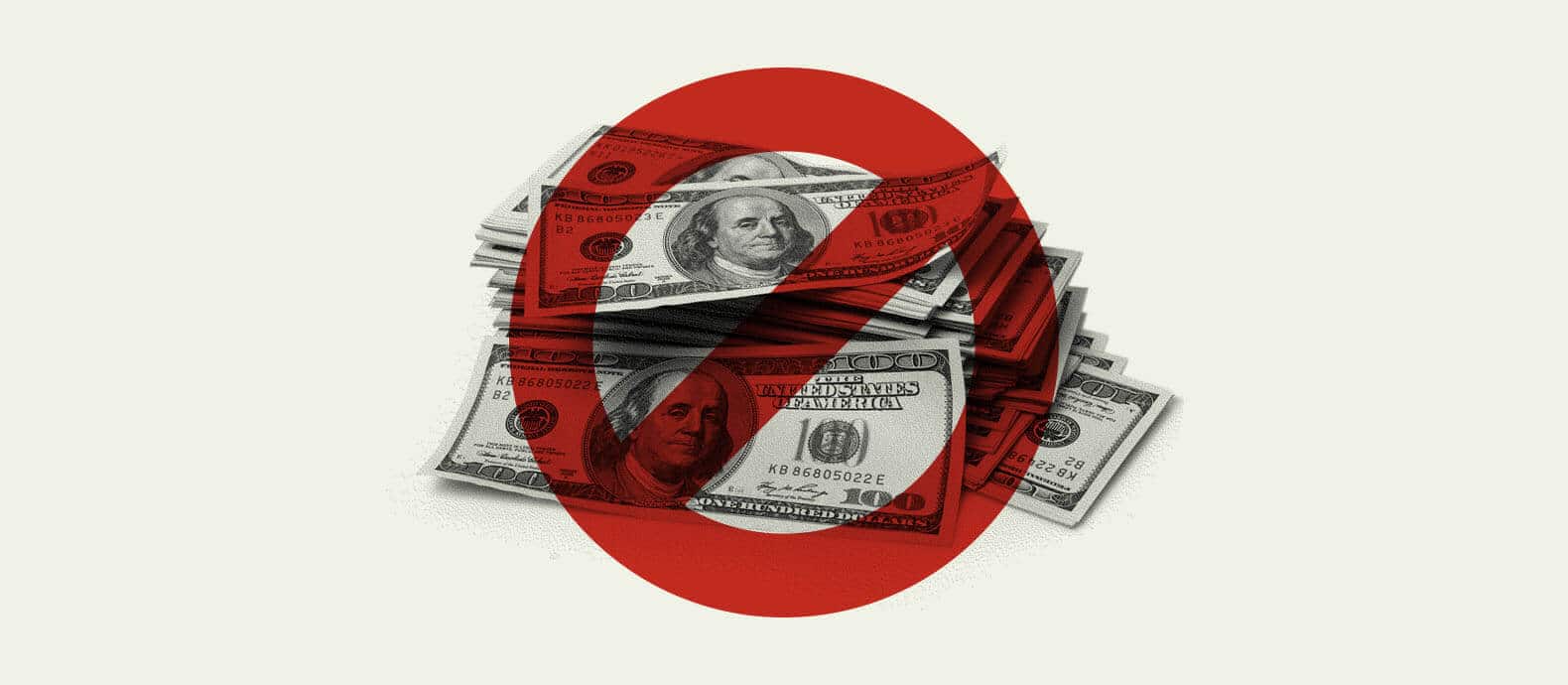The Web3 buzzwords of Blockchain, Cryptocurrency, NFTs, and the Metaverse have been thrown around in pitch decks, company names, and websites in a manner reminiscent of the dot-com era.
These innovations will be used in the transition to a decentralized internet infrastructure that is better able to withstand the current corporate concerns plaguing the Internet.
Cryptocurrencies like Bitcoin have drawn risk-takers from all around the world looking to earn a quick profit. A number of imitators and competitors have emerged in response to Bitcoin’s success. Naturally, cybercriminals identified new vectors for attack; after all, where there is the promise of riches, there is also the opportunity to rob from it.
So, how do you go about developing a plan for the protection of your brand, one that will ensure the safety of your business and avoid the misuse of your brand by emerging technologies? We consulted four industry leaders for answers.
Our panelists include:
Russ Jacobs, Intellectual Property Leader at Starbucks Corporation
Christina Mitropoulos, Director of External Relations at INTA
Piotr Stryszowski, Senior Project Manager at the OECD
Stephen Lee, Chief I.P. at Target
Here are the key takeaways from the conversation.
The rise of fraudulent trademarks
According to Stephen Lee, Chief I.P. at Target, bad faith trademarks are a growing problem in the world of brand ownership and trademark law. Target discovered the problem of fraudulent trademarks when they were about to launch a clothing wear line called “All in motion.” They found a prior pending application for a mark called “ALLGOBE” in the same class of goods, and after investigating, realized it was a fake trademark with no real products or business behind it. They estimate that the delay in finding a new trademark cost them around $17 million in lost revenue.
Chinese applications are approved at a rate of 10 to 1 compared to US applications. “The Chinese government wants to encourage entrepreneurship, so the regional government is offering bounties for every registration secured. It has become a cottage industry of fraud.” Stephen said.
Counterfeiting trends
Russ Jacobs, Intellectual Property Leader at Starbucks Corporation, shared some of the counterfeiting trends he has seen, saying “In 2019, we saw a high volume of counterfeit products being sold through ecommerce, with many small shipments coming directly from China to the US. This was attractive to US consumers because the shipping fees from China to the US were lower than domestic shipping fees.”
However, in 2020, the Universal Postal Union changed its rates, which made it less favorable to ship from China to the US. As a result, Starbucks has seen the large issue go away.
Despite this shift, the Customs and Border Protection agency still reports that 90% of seizures from China consist of small parcel shipments through DHL, FedEx, or mail. That number has not changed since 2015-2016.
Jacobs also says, “During the pandemic, domestic production and distribution increased globally. You’ll have domestic production around the world, and those products stay in those countries rather than having large volumes coming from China. We attributed that in part to the supply chain changes during the pandemic, where ports shut down and the challenges for getting raw materials for production.”
For Starbucks, this has resulted in a change in enforcement strategy, with more focus on working with local law enforcement and remedies rather than customs.

Metaverse & NFT approach
Blockchain is an open-source breakthrough that, like the Internet, has the potential to significantly alter the way in which humans conduct financial transactions with one another and with organizations and even machines.
But it has its challenges.
Christina Mitropoulos, Director of External Relations at INTA, “I’ve spoken to brands who have a presence in the digital metaverse, but then they are looking if the consumer purchases a virtual good, what is the physical counterpart that they can get. We don’t know if counterfeiters will adopt a similar model as mentioned above.”
Counterfeiters are very savvy and are also keeping track and figuring out how to exploit the system.
Some challenges associated with blockchain-associated infringements are,
Inconsistency in the legal status of copyrighted works
The absence of transparency and a single database that compiles data on songs, images, and other copyrightable items has made it extremely difficult to identify the correct owner to coordinate further usage of such items. Publishers, record labels, collecting societies, and other organizations without financial incentives to contribute are among the organizations with databases containing copyright owners’ information.
You don’t have that visibility with blockchain domain names, either. So you don’t know who to sue or where to get the court order from.
Stephen Lee says, “We believe our current registrations cover virtual products, but the metaverse is a wide world. The current tools have a lot to catch up on, and we’re taking a very cautious approach.”
Transparent information about copyright ownership
Russ Jacobs says “Web3 companies are moving really fast in establishing their business, and they are not accustomed to having takedown procedures. But they are interested in collaboration and working closely with brand owners and vendors that do takedowns.”
OpenSea, a big player in the NFT space, basically allows you to register your NFTs with them and be a protective monitoring system with its limitations. The platform is able to take down the listing from the marketplace, but the NFT doesn’t go away and may come up on another blockchain or another listing service. So there are jurisdictional challenges to enforcement because you don’t know where the poster is and whoever is behind the NFT or the blockchain.
Storage of metadata and digital content
Where copyrighted works will be stored—on the blockchain itself or somewhere else—is one of the key problems that must be addressed in the process of building a solution. Putting creative information directly on the blockchain is subject to significant restrictions due to the current state of blockchain technology.
Brand abuse and its impact
A business experiences revenue loss when activities generate less income than anticipated as a result of both internal and external factors. Client churn, business constraints, and market changes could all lead to a large capital loss.
A company’s brand is one of its most valuable assets, so it shouldn’t rely entirely on national laws to safeguard it. For brand owners, stopping a loss of money due to counterfeits and learning about market trends is a game-changer.
The costs of counterfeit goods are comparable to those of real goods in the major markets. Customers desire to purchase authentic products but oftentimes cannot distinguish between genuine and counterfeit goods. In consequence, they unintentionally buy fakes.
The negative impact of a false product that fails or causes harm falls on the original brand while counterfeiters remain unscathed. When counterfeit goods are bought and sold on the open market, the reputation of the distributors and manufacturers is damaged, and brand owners suffer immediate losses.
But not all is bleak for brand protection.
Piotr Stryszowski, Senior Project Manager at the OECD, says, “Fighting counterfeiters is like fighting a whack-a-mole game. But we see scope for coordination of efforts between customs across countries and the public sector and even between the public and private sectors.”
Stephen Lee said “There’s more access to information and technology; more players that are not geographically bound, and the people who are breaking the rules are becoming sophisticated. There must be a partnership with inter-trade groups, government authorities, and policymakers and a concerted effort, or you’ll get piecemeal solutions.”
Christina Mitropoulos agrees with Lee and Stryszowski. She says, “We have to keep up with social media platforms. We have to keep up to date and expend resources to look at all these different virtual worlds and ecommerce platforms and how they all link together. We are dealing with an interconnected web that will grow more complex, but at the same time, we will see improvements in technology, so there may be an opportunity as technologies continue to develop and there will be potential solutions.”
Mitropoulos also believes that we must focus on consumer education, the dangers of counterfeits, and how we address and respond to consumer demand and counterfeits. The demand will always be there, so if we don’t address the demand, the complexities will continue to be there for all of us in the space.
Russ Jacobs says, “Sophisticated brand owners also try to address the demand issue. The need to focus on relationships and understand the different constituencies is now important for brands. Also, companies like Red Points can detect brand abuse and help protect your brand.”
What’s next
Learning about Web3 can enhance the ability of crypto users and defenders, including builders, security team members, and ordinary users, to safeguard their projects, wallets, and themselves from possible cyber threats.
It is crucial to keep in mind that there is no one-size-fits-all solution for brand protection. Therefore, it is necessary to evaluate each case individually and consider all the unique nuances associated with it while addressing any issue. Consider using Red Points’ software to get a tailored solution to protect your business from bad actors.







